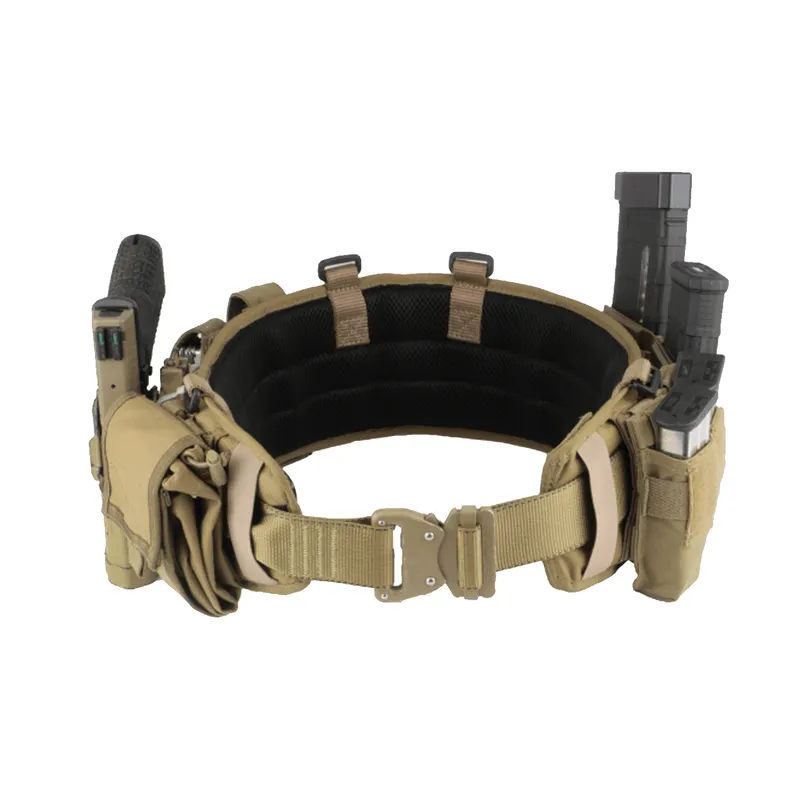Proper care and maintenance are essential to ensure that your tactical belt remains in good condition and ready for action. By taking care of your belt, you can prolong its lifespan and maintain its functionality. Here are some tips for keeping your tactical belt in top shape:
1. Regular Inspection:
- Periodically inspect your tactical belt for any signs of wear, tear, or damage. Look for loose stitching, fraying, or any hardware that may be coming loose.
2. Cleaning:
- Clean your tactical belt regularly to remove dirt, sweat, and debris. Use a soft brush or cloth to wipe down the belt, paying special attention to any areas with stains or buildup.
3. Hand Washing:
- If your belt is particularly dirty, you can hand wash it with mild soap and water. Gently scrub the belt with a soft brush or cloth and rinse thoroughly. Allow it to air dry completely before using it again.
4. Avoid Harsh Chemicals:
- Avoid using harsh chemicals, solvents, or bleach when cleaning your tactical belt, as they can damage the materials, stitching, and hardware.
5. Hardware Maintenance:
- Check the hardware, including buckles and attachment points, for signs of corrosion or damage. If you notice any issues, clean and lubricate the hardware as needed.
6. Lubrication:
- If the buckle or attachment points are showing signs of stiffness or corrosion, apply a small amount of a non-corrosive lubricant to ensure smooth operation. Be sure to wipe away any excess lubricant.
7. Storing Properly:
- When not in use, store your tactical belt in a cool, dry place away from direct sunlight. Avoid leaving it in hot, humid, or damp environments, as this can cause materials to deteriorate.
8. Avoid Overloading:
- While tactical belts are designed to carry heavy loads, avoid overloading them with excessive weight, which can put unnecessary strain on the materials and stitching.
9. Retighten Hardware:
- Periodically check and retighten any hardware, such as screws or attachment points, to ensure they remain secure.
10. Protect from Sharp Objects: – Be mindful of sharp objects or rough surfaces that could potentially damage your belt. Avoid placing it on abrasive surfaces or exposing it to sharp edges.
11. Re-stitching and Repairs: – If you notice loose stitching or minor damage, consider having your belt repaired by a professional who specializes in tactical gear. Re-stitching any loose seams can prevent further damage.
12. Follow Manufacturer Guidelines: – Pay attention to any care and maintenance guidelines provided by the manufacturer of your tactical belt. They may have specific recommendations based on the materials and design.
By following these care and maintenance tips, you can keep your tactical belt in excellent condition and ensure that it remains ready for action. Regular inspections, cleaning, and preventive maintenance will help you get the most out of your belt and maintain its reliability for various applications.



